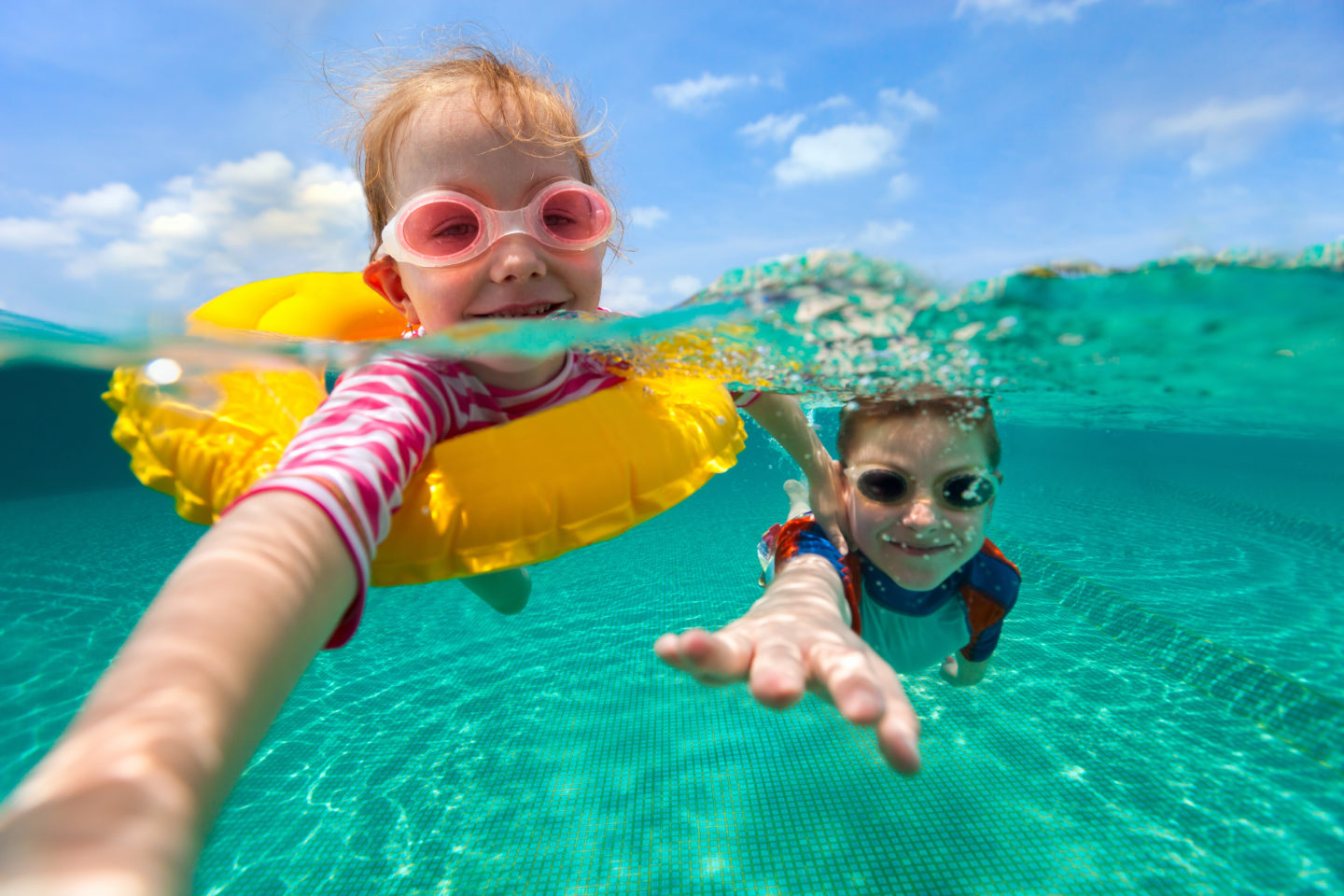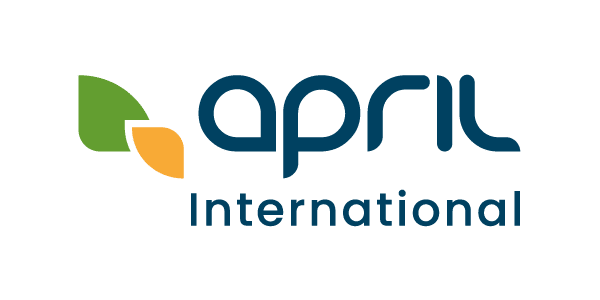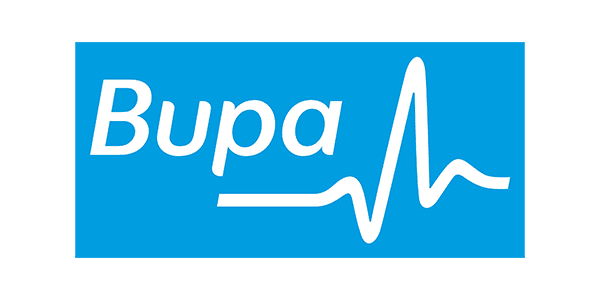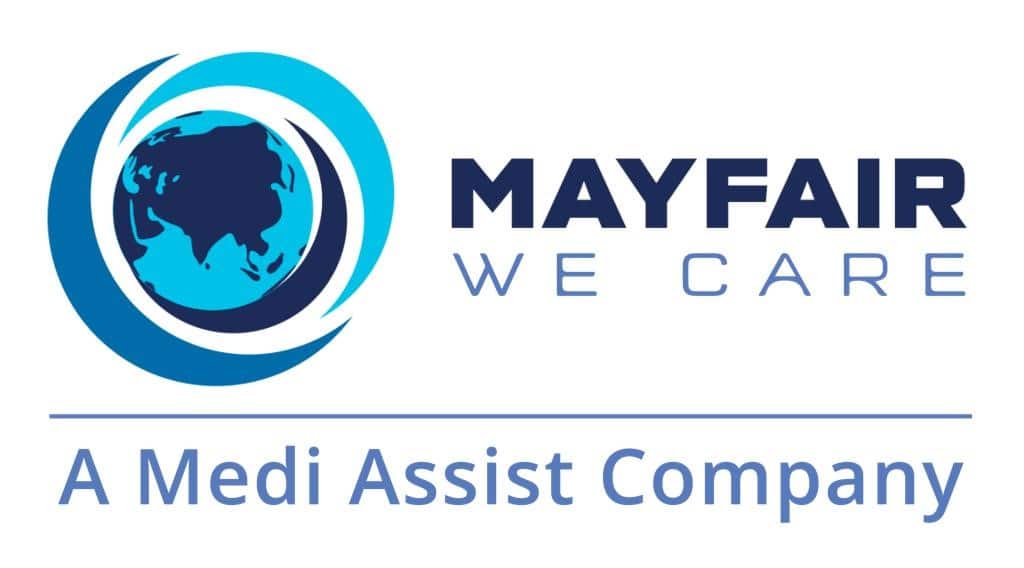What is it?
Secondary Drowning (sometimes known as delayed drowning) occurs when a small amount of water enters the lungs after an episode of being submerged underwater. The child may be coughing and spluttering immediately after a scary underwater moment but then seem fine afterwards.
The inhaled water interferes with the lungs’ ability to oxygenate the blood and causes increasing difficulty with breathing for up to 24 hours after the incident. If it is not recognised and treated early, then secondary drowning can result in death. Thankfully it is a very rare occurrence – only 1 to 2% of all drownings and via secondary drowning.
How does it happen?
When the water enters the lungs it can wash away surfactant, a chemical in the lungs which is essential for the transfer of oxygen and carbon dioxide. This causes the alveoli of the lungs to become damaged and fluid to leak into the lungs, called pulmonary oedema. As a result it becomes increasingly difficult to breathe and there is a lack of oxygen getting to the brain, called hypoxia.
What should you look out for?
Any child who has needed to be rescued by an adult and has come up struggling for breath, coughing or vomiting should have a medical evaluation.
There are 4 key symptoms to watch out for in the first 24 hours
- Difficulty breathing/coughing/chest pain or vomiting;
- Extreme tiredness – this can be a sign that the brain is not getting enough oxygen;
- Behaviour changes – children in the early stages of secondary drowning may exhibit marked irritability or become argumentative;
- Physical symptoms – blue lips, pale skin.
Time is a critical factor in successful treatment. If you notice any of these changes in your child after they have inhaled water then take them to the emergency department to be checked out. Your child will be monitored for the oxygen levels, will have lung examinations and may be referred for further testing such as a chest x-ray. Children may be given oxygen and ventilation in extreme cases.
How can secondary drowning be prevented?
The best way to monitor your children around the pool is to get into the water with them. You should be within an arm’s reach of your children at all times. Children under 4 should not be left alone, even for a minute, around water. Babies and young children can drown in as little as 1 inch of water so vigilance is essential at all times.
At parties allocate one adult to have sole responsibility of watching each child. When lots of people are around, people assume someone else is watching and this is a high risk time for drowning. Drownings are silent and often occur when the child is being generally supervised but there is a momentary loss of attention by the adult. Do not drink alcohol when you are supervising children at the pool.
Make sure your children are educated about water safety from an early age. Educate yourself and become formally trained in CPR.
Make sure all adults who care for your children are aware of this condition so that they know to tell you if there has been an incident in the bathroom or the pool.
If secondary drowning is suspected then the parents should take the child straight to the closest emergency department. The child will be closely monitored and further tests can be ordered as needed. A follow up appointment can be made with either your regular GP at IMC or a comprehensive check can be done with one of our paediatricians at IPC who will be happy to answer any questions you may have on water safety.
Dr Nicole Reidy
MBBS (Tasmania, Aust), FRACGP (Aust)



































